How ASHA Workers’ Overwhelming Workload Impacts India’s Healthcare System
The relentless cycle of field and paperwork is affecting their mental health, leaving them prone to errors
- Abhijeet Gurjar, Shreya Raman
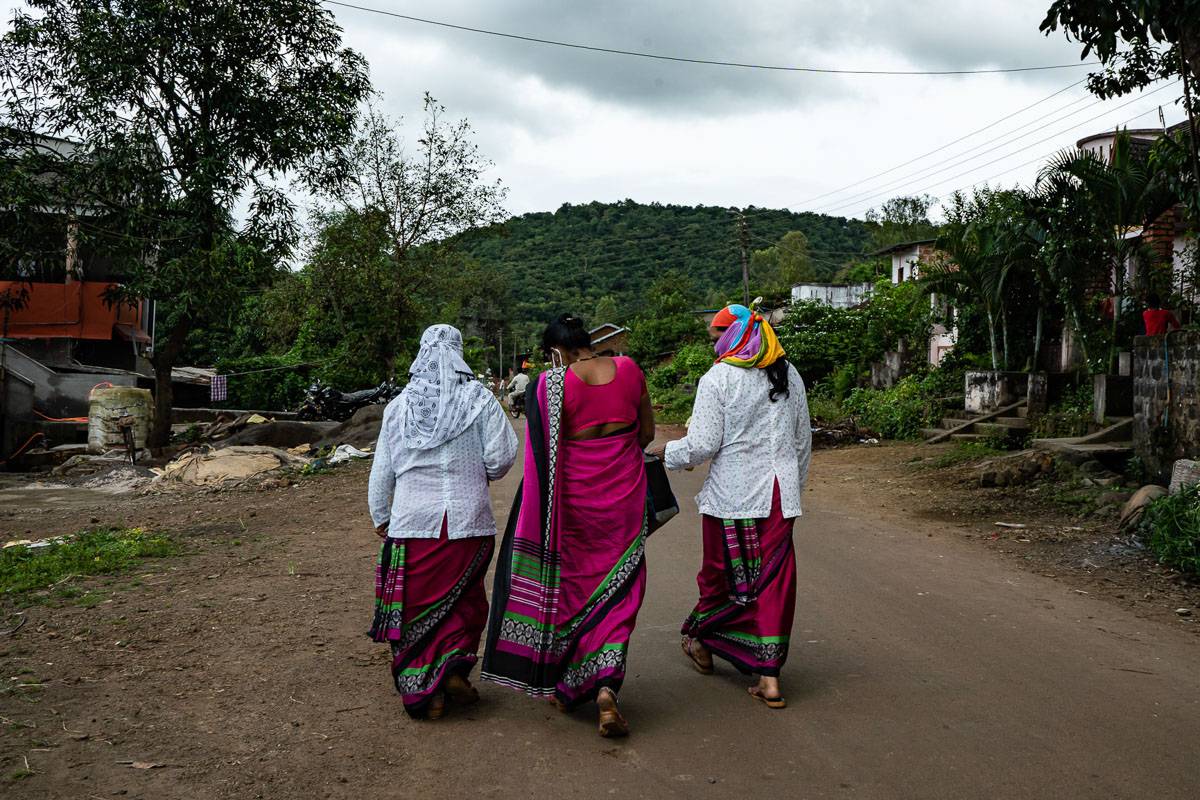
Rutuja Shelke, 25, handed over her 5-month-old daughter to her mother and stepped into the searing heat of a May afternoon last year. With a pen and a book in hand, she went from one household to another in Kolhapur city, asking if anyone smoked or drank and how much everyone exercised in a week.
Filling out this Community Based Assessment Checklist (CBAC) form for every person above the age of 30 in the population of 2,500 assigned to her is one of the 74 tasks she has to do as an Accredited Social Health Activist (ASHA) worker.
Just four years ago, Shelke’s life had looked different. She worked as a video editor at a studio in Kolhapur city, but she lost her job during the pandemic. In May 2020, when she joined as an ASHA worker, she was one-month pregnant with her first child. “I worked until the last day of my pregnancy,” said Shelke. “It was extremely difficult. I had to walk around my area in the extreme heat and because I had gestational diabetes, I felt weaker.”
After giving birth, Shelke was allowed a three-month break before being called back to work in April 2021 when the second wave of COVID-19 was peaking in India. “I was constantly called by my supervisors because of the increased workload due to the pandemic,” said Shelke. “I was told that I would be terminated if I did not return. My husband works in a private telecom company and we really need my income too to be able to survive. So out of fear, I returned.”
Leaving her three-month old baby with her mother, Shelke walked around creating awareness about COVID-19 and urging people to get vaccinations. “Everytime I had to leave my baby, he would cry relentlessly,” said Shelke. “I had to come back almost every hour to feed him, doubling the distance that I had to walk.”
When she became pregnant again in 2022, Shelke again got only 3 months of leave, half of what the Indian law stipulates. “We advise other pregnant women to take rest and take care of their health but unfortunately, we ASHA workers do not get that care and rest,” said Shelke. ASHA workers are not entitled to maternity benefits under the Indian law because they are deemed ‘voluntary’ workers. They take the leave in a formal understanding with their supervisors during which time they can avail their monthly honorarium but not the task based incentives.
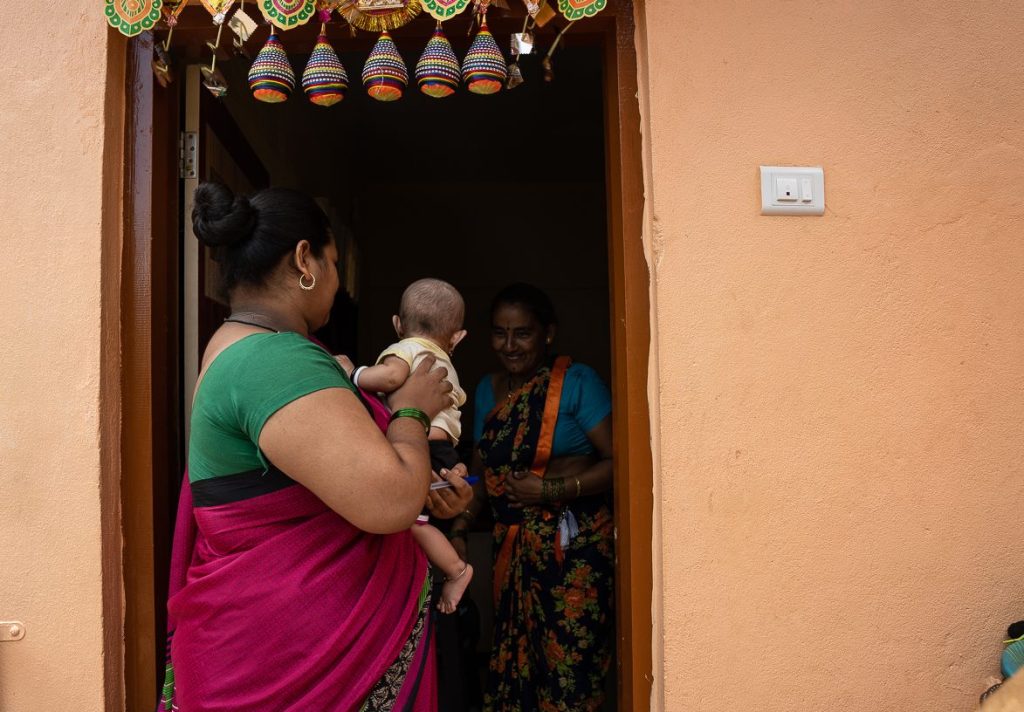
ASHA workers who were introduced in 2005 as part of the National Rural Health Mission, are meant to act as the link between public healthcare systems and the community. Over the last 18 years, the number of ASHA workers increased by almost tenfold from 140,000 to more than 1 million. These workers have been instrumental in improving utilisation of maternity services like antenatal checkups and facility births, which has contributed in reducing maternal and infant mortality rates in India.
During the COVID-19 pandemic, the ASHA workers played a crucial role in mitigating the impacts of the disease and carrying out the vaccination drive. Recognising this effort, the World Health Organization, in 2022, awarded ASHA workers with the Global Health Leaders Award.
Despite this, ASHA workers have been exploited and underpaid, with more responsibilities being routinely added to their rosters. This exploitation is rooted in the fact that ASHAs are termed as “volunteers” and paid an honorarium, much below the legally stipulated minimum wage and deprived of other employment benefits like maternity benefits and health insurance.
Deprivation of these rights and increased workload is impacting the mental health of the ASHA workers and the healthcare system at large, Behanbox found after interviewing ASHA workers in Maharashtra and Haryana. This is our second story examining the ambiguity in appointment of ASHA workers, and how it alienates them from their rights while impacting the implementation of healthcare policies. The first story looked at how they were dismissed from work, forced to resign or withdraw their nominations from elections because the state departments said they cannot hold “other jobs” while being ASHA workers.
Changing Responsibilities
When 43-year-old Usha Jadhav started working as an ASHA worker in 2009, her monthly remuneration was Rs 500. “It was not a lot of money but I joined because I wanted to do social service and help the community,” said Jadhav. “But it was also not a lot of work. We were given a few responsibilities but we could do it whenever we had some free time.”
Being an ASHA worker now is a full time job, with no breaks, all the workers that we interviewed in Maharashtra and Haryana said. “I am always on the field or glued to my phone,” said Anita, an ASHA worker from Kakroi in Haryana. “I eat, sleep and bathe with the phone next to me. Anyone can call anytime and you have to be available.”
When the programme was introduced, an ASHA worker was expected to work 8-12 hours a week and this work was meant to “not interfere with her normal livelihood”. She was meant to be accountable to the community and not the health department, said Sujatha Rao, former Secretary at the Ministry of Health and Family Welfare.
“[Then] the debate was around the issue of whether the community worker is a voluntary worker or a paid government servant,” said Rao via email, “The majority view was to have ASHA as a community activist as the name suggests — from and for the community, where she is remunerated for specific services she renders. But where we fell short was not going the whole hog by making her fully accountable to the community by making the community give her the salary. By having the selection in many parts of the country done by the Auxiliary Nurse and Midwives (ANM) and salary paid by the health department, her role as community worker got diluted and till to date it is not clear to whom she is accountable to.”
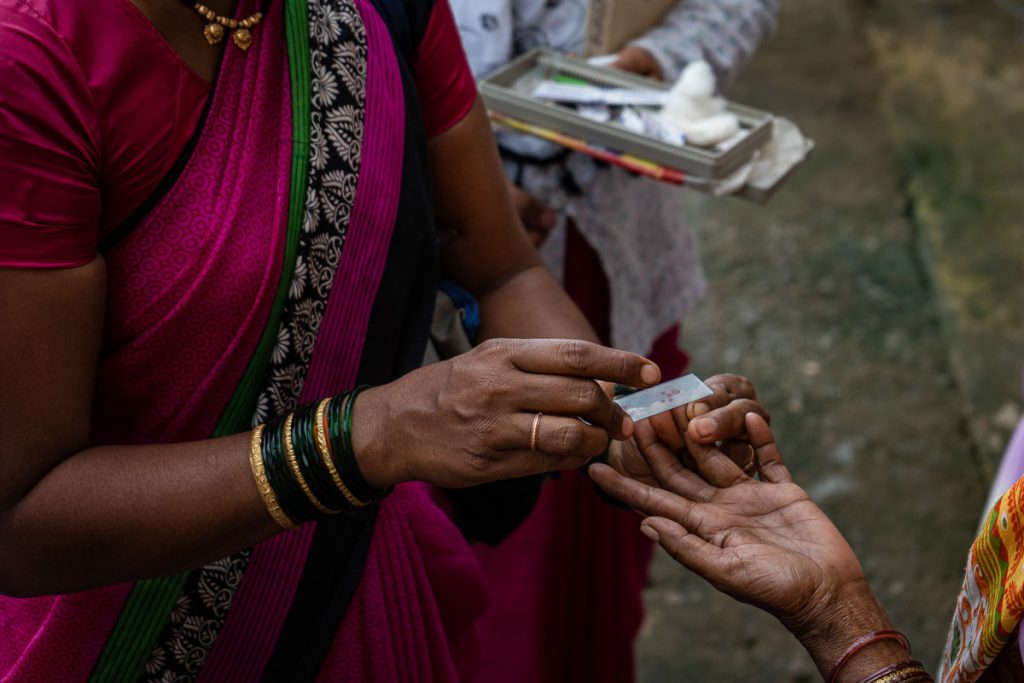
And this lack of clarity in the situation has led to ASHA workers having to work as full-time workers while being deprived of the remuneration and benefits that come with being a government employee. Both Haryana and Maharashtra have issued letters stating that an ASHA worker who is found to be working another job would be relieved of her duties. Based on the March 2023 letter, 20 ASHA workers were investigated in Pune, said Netradipa Patil, a union leader from Kolhapur, “You have termed us as volunteers so how can you do this injustice to us?”
Stress, Mistakes And Impact On Healthcare
The pressure and stress of work, combined with no leaves or breaks has significantly impacted ASHA workers’s mental health, union leaders from Maharashtra and Haryana said. “Many ASHA workers have told me that they are not able to sleep at night because they are constantly worried about all the tasks that they have to complete the next day,” said Patil.
The mental stress and increased workload has also led to gaps in fulfilling their healthcare responsibilities.
“Everyone in the village has an ASHA worker’s number and they call when they need us,” said Sunita Rani, an ASHA union leader from Haryana. “But sometimes we might be at the district hospital 40-50 km away when they need us at the village so we might not be able to help. If an ASHA does not accompany a patient to the health centre, they face a lot of problems.”
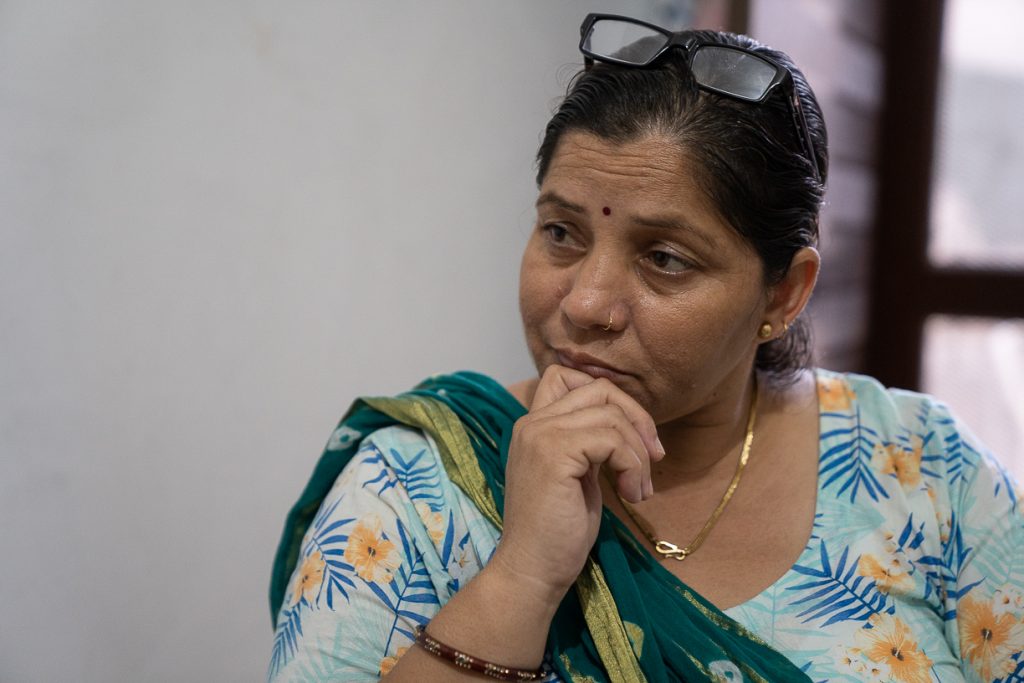
Many ASHA workers we interviewed said that the government does not recognise their critical contribution to community welfare. And the stress is leaving ASHA workers error-prone. “Some ASHA workers are so overburdened that they are constantly forgetting things and their minds are going blank,” said Patil. “They are not able to remember what they have to do, what records they have finished and what remains to be done.”
Sunita Rani pointed out that ASHA workers are so preoccupied most of the time that they are likely to slip sometimes. “Such mistakes could also lead to abuse and threats,” she added. “If mistakes are found in the record, then the PHC staff yell at ASHA workers and threaten them with dismissal.”
In many cases, ASHA workers are also blamed for systemic failures in the health system. “In case of grave failures like a maternal death, the inquiry that is initiated focuses on an ASHA worker’s records,” said Sunita, citing a recent case where the Panipat district administration launched an investigation into a maternal death. “The ASHA worker being investigated was sick and was not able to maintain her records well but instead of looking at the structural cause of the death, they blamed the ASHA worker and dismissed her. Everyone else who was responsible in the situation remained unscathed.”
Extra Work, No Benefits
Across India, ASHA worker unions are protesting, demanding better wages and better working conditions.
“It is a 24-hour duty. So, we want to be recognised as a government employee and be paid fixed wages,” said Savita Malik, ASHA worker and facilitator from Bhainswala Kala in Haryana’s Sonipat district. “We also want support and free healthcare for when we fall sick or meet with accidents. We help everyone register for Ayushman Bharat but not all of us are eligible to register.” Ayushman Bharat Pradhan Mantri Jan Arogya Yojana (PM-JAY) is a health insurance scheme that aims to provide Rs 5 lakh cover for “poor and vulnerable” families.
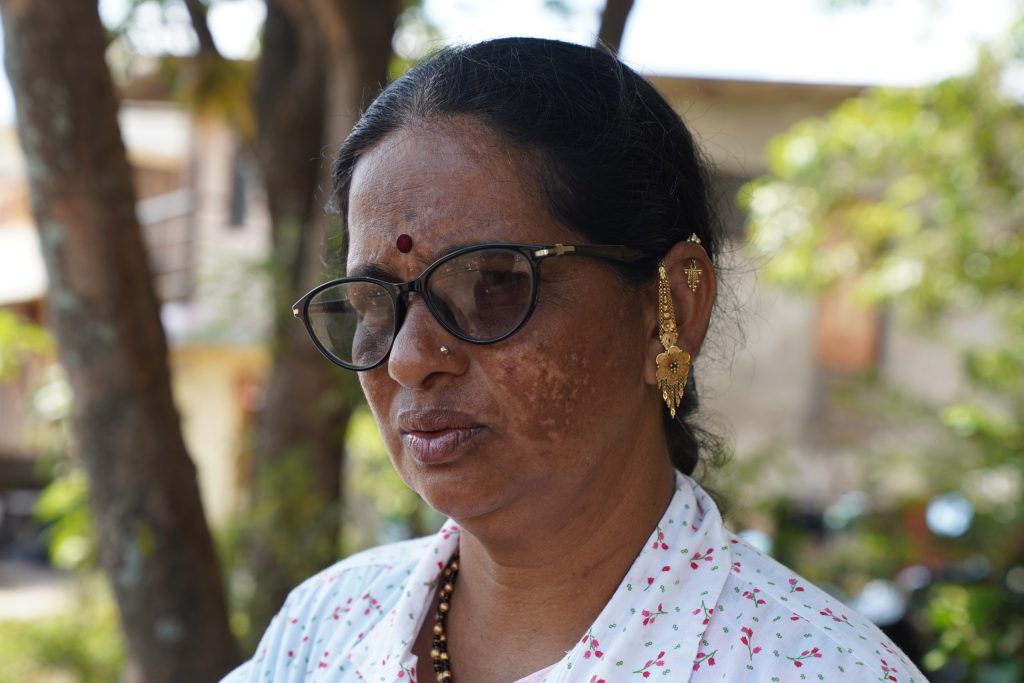
Unlike most ASHA workers, Jadhav is a beneficiary of the health insurance scheme but this did not help her expenses when she had a heart attack in February 2022. “During the pandemic, we had to be available all the time, ready to take the patient to the health centre,” said Jadhav. “Once I got a call at 3 am that a person in my area had tested positive. I reached there immediately, sent the patient to the centre and ensured the area was sanitised. By the time I reached home, it was 5:30 am.”
On a similarly demanding day in the field, Jadhav could return home for lunch only by around 4 p.m. Around 6 pm, she started feeling breathless and reported a pain in her chest. Her family rushed her to a hospital where she was told that she had a cardiac arrest because of irregular meal timings and high levels of stress. Jadhav had to get an angioplasty and had to pay around Rs 1.5 lakh in medical expenses.
“I have the Ayushman Bharat Golden Card and the Rajiv Gandhi card [Maharashtra’s health insurance scheme Mahatma Jyotirao Phule Jan Arogya Yojana was earlier called Rajiv Gandhi Jeevandayee Arogya Yojana] but none of it was of use to me,” she said.
While angioplasty is covered under the PM-JAY, Jadhav says she was told that she could not claim the scheme’s benefits because she did not undergo a surgery and because the expenses did not cross Rs 2 lakh. “My husband, who works as a tractor driver, had to take a loan from his employer to meet my medical expenses,” said Jadhav. “He is now repaying it from his monthly salary.”
Relentless Work Cycle
The work situation has not improved even after the pandemic ended. “Before COVID-19, we were asked to visit our area thrice a week but post-pandemic, we have been told to visit every day,” said 33-year-old Megha Powar, an ASHA worker from Kolhapur city. “I leave home at 9 am and return by afternoon. And then I have to start working on the many reports that I have to submit, organise them and submit them in different formats to the Primary Health Centre. After that I also have to deal with last-minute demands. I have to prepare three copies of each report and keep one at the centre, one at home and one with me so that I can be ready for any demands for information wherever I am.”
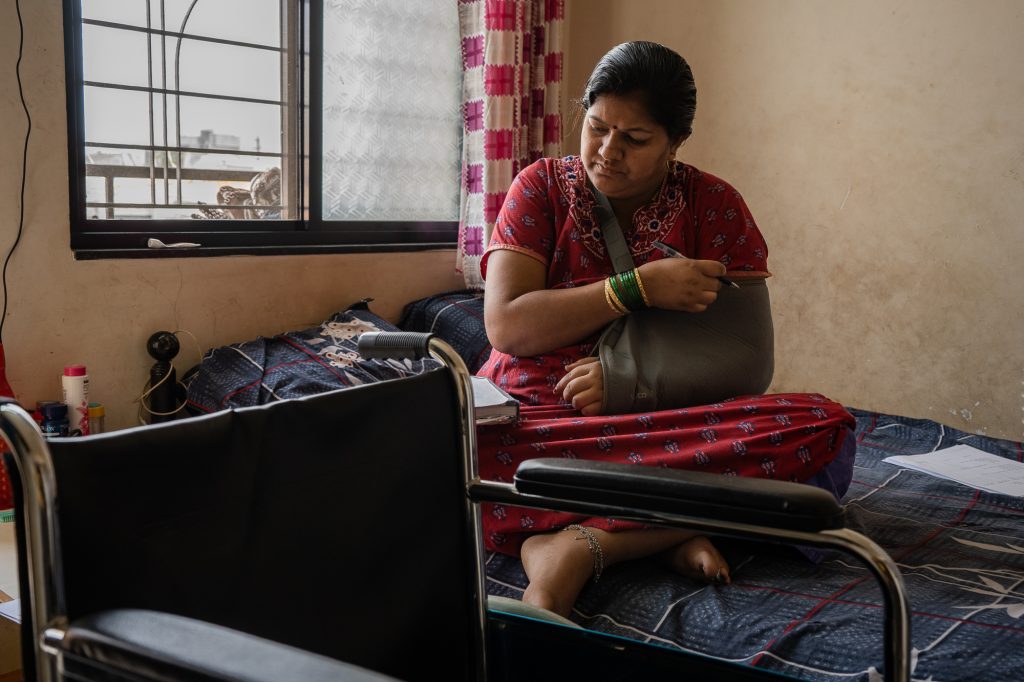
Moreover, ANMs, who sign off on ASHA workers’ registers, also transfer their duties to ASHA workers. “ANMs who were recently asked to conduct an online survey of 40 households each day told us to do it,” said Neeta Kashid, an ASHA worker from Gargoti Taluka in Kolhapur district. “We had to do it but we won’t get any incentive for that.”
Patil said she is working on a time-use survey of ASHA workers in Kolhapur district. “We need to collate data on how many hours each ASHA worker is working,” said Patil, “This will highlight how overworked we are.”
“I challenge these officials to do an ASHA worker’s job for one day and then they will know,” said Anita Malik, an ASHA worker from Haryana’s Jasrana village.
[Reporting for this story was supported by the Population Reference Bureau (PRB) as part of its Public Health Reporting Corps initiative.]
We believe everyone deserves equal access to accurate news. Support from our readers enables us to keep our journalism open and free for everyone, all over the world.




